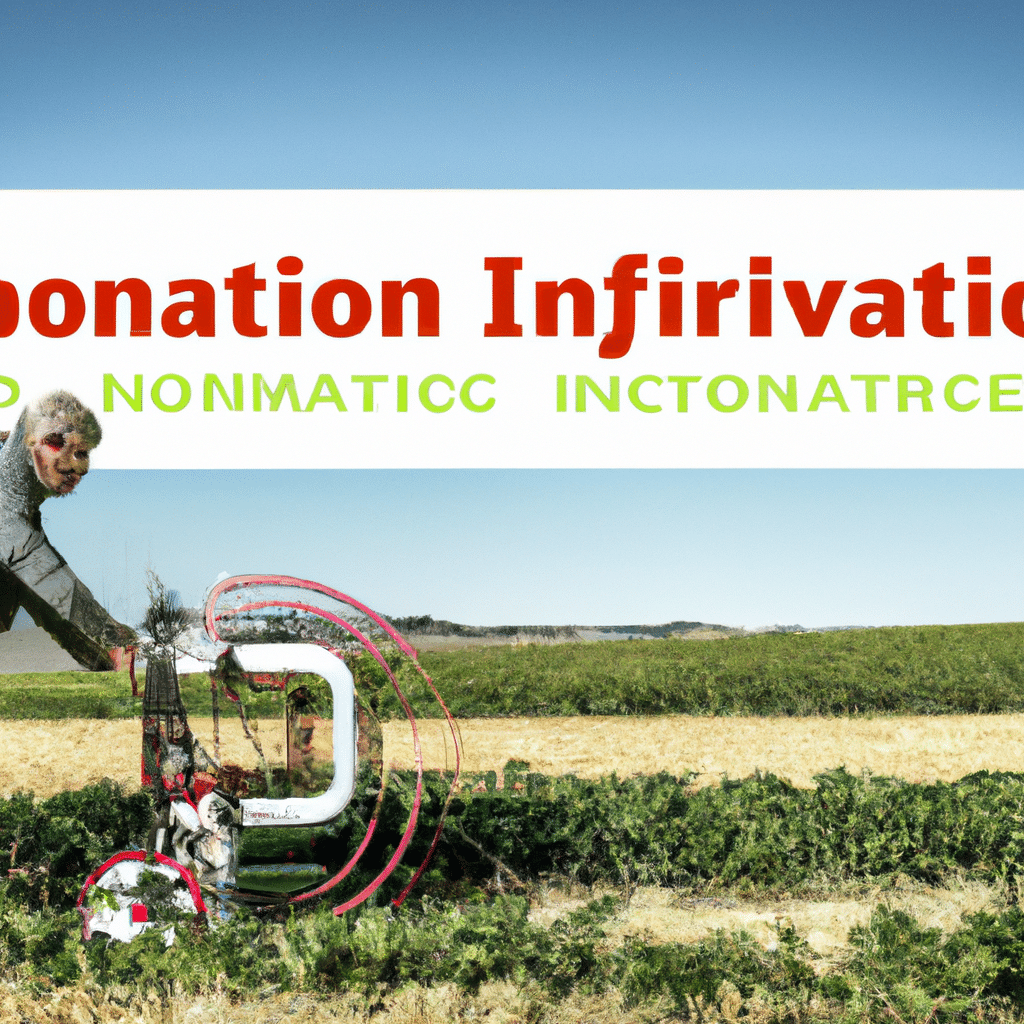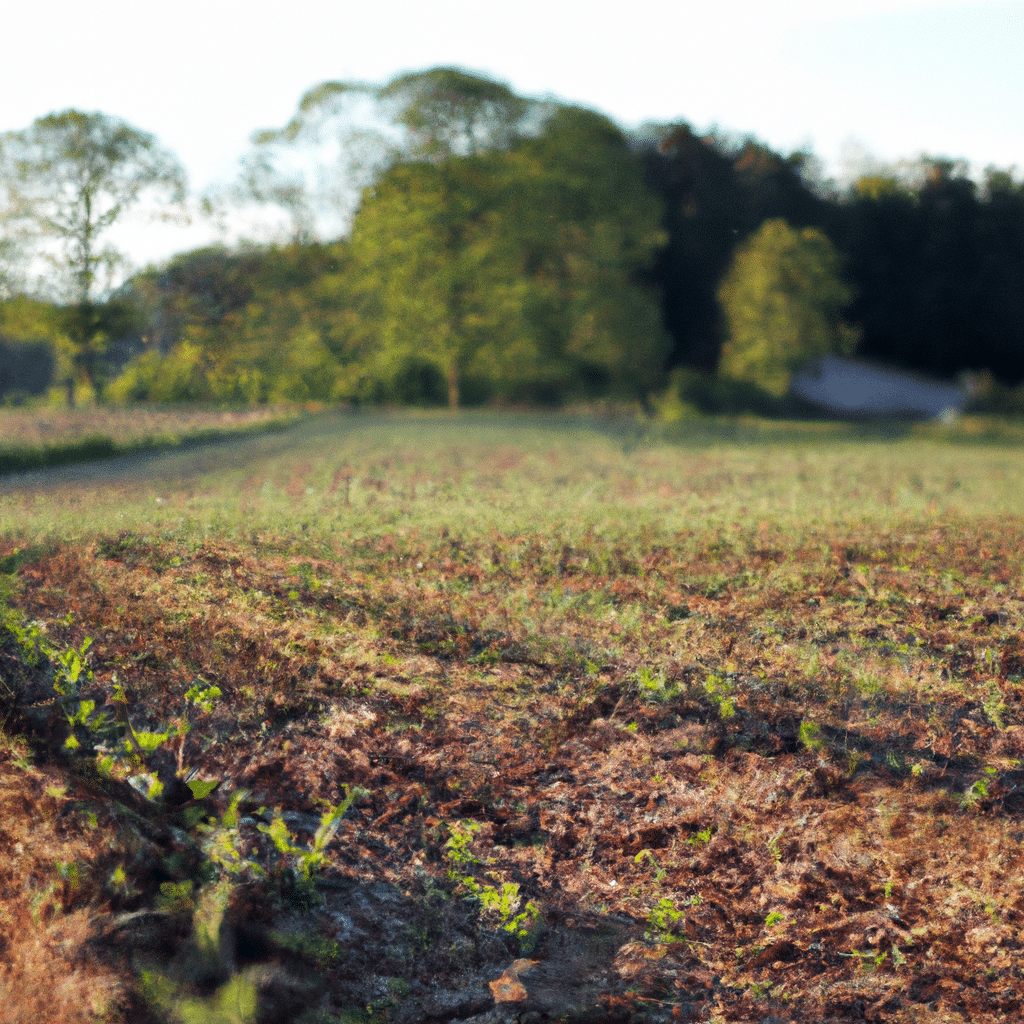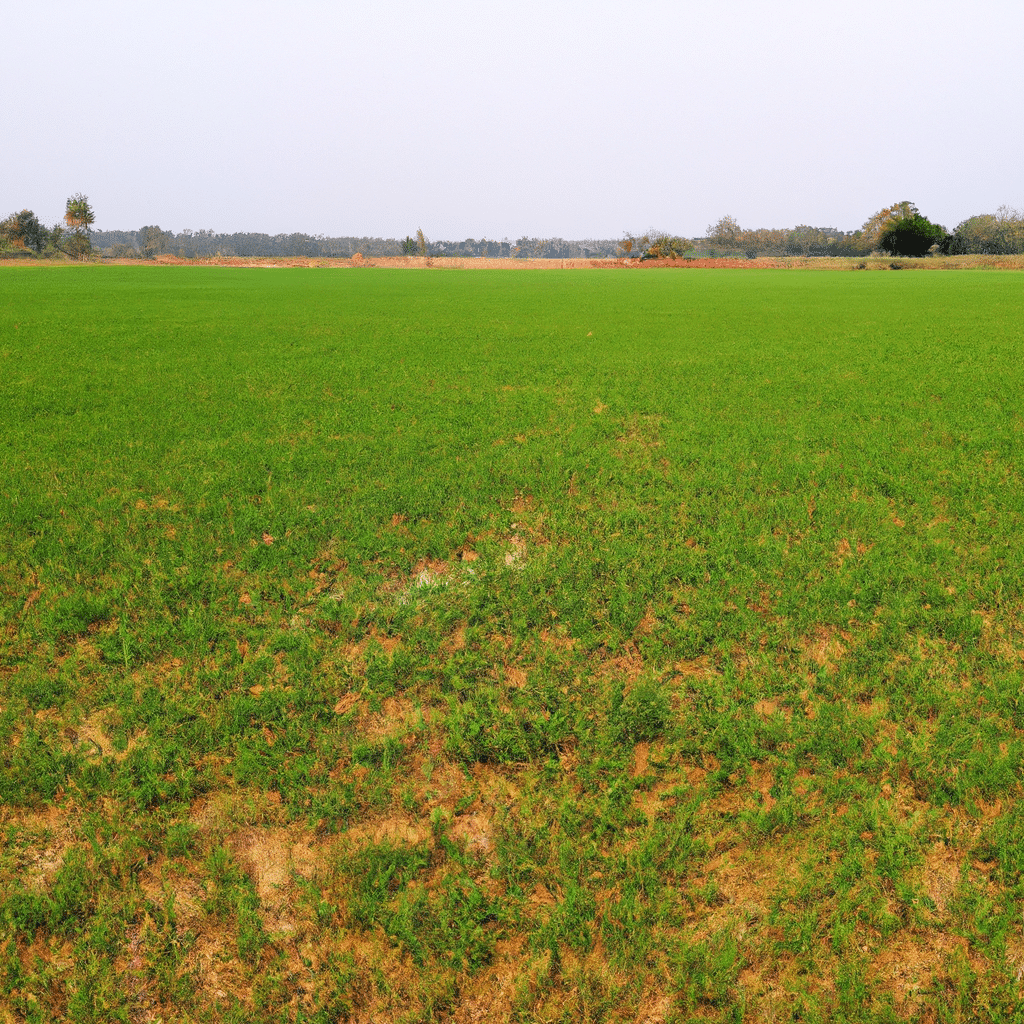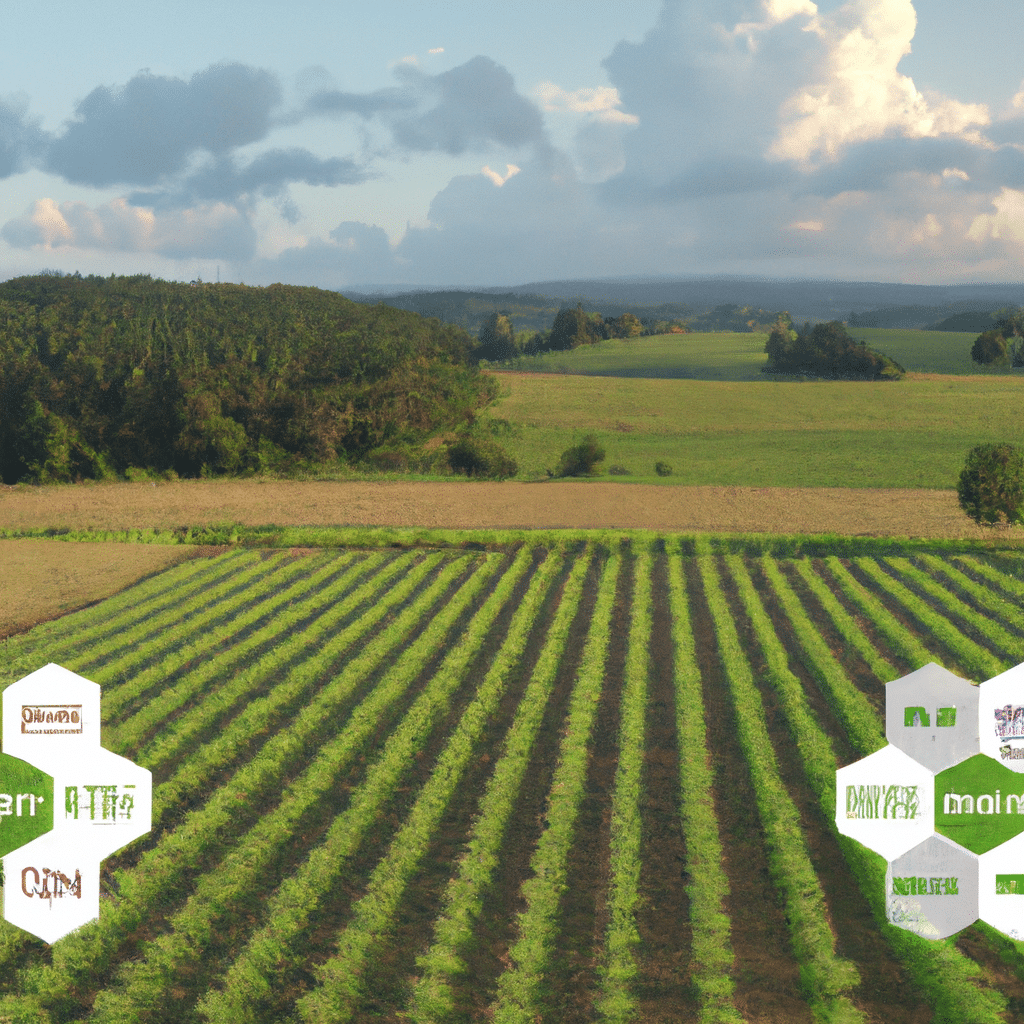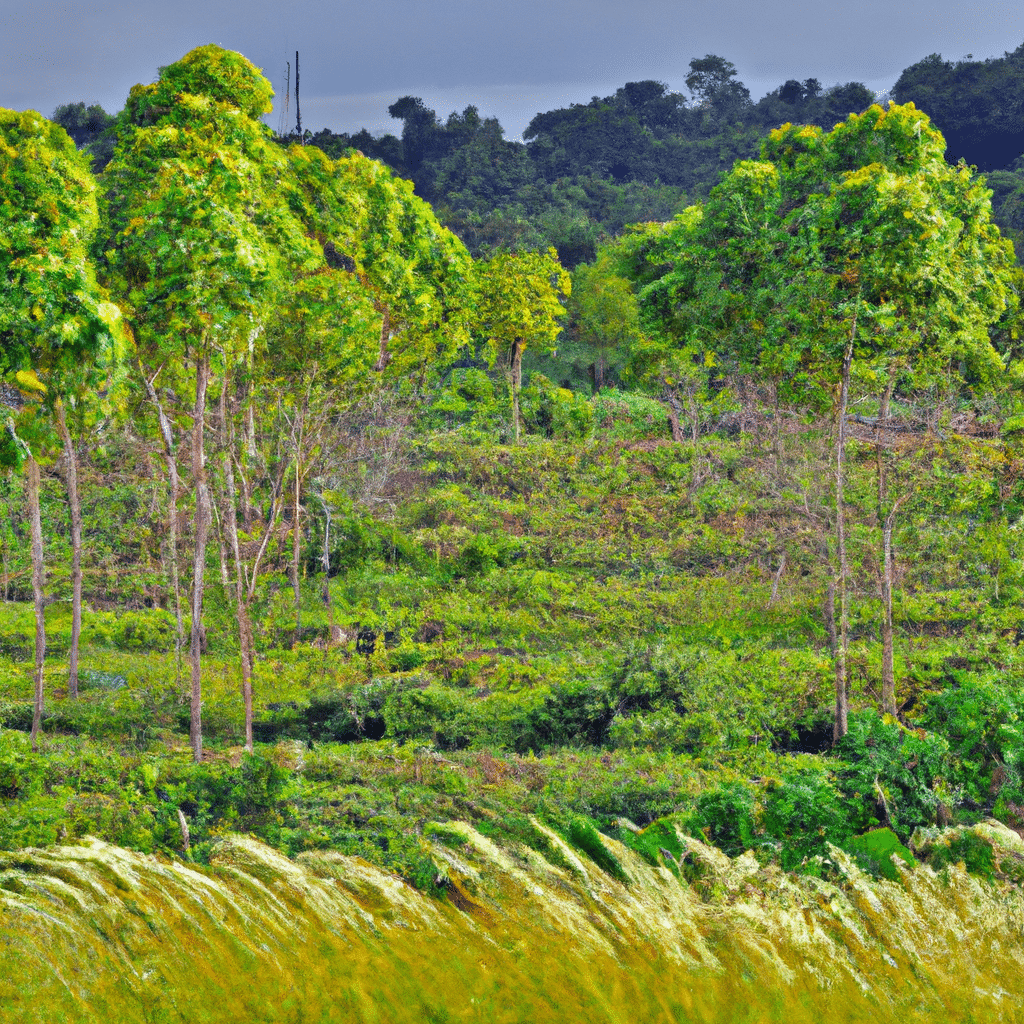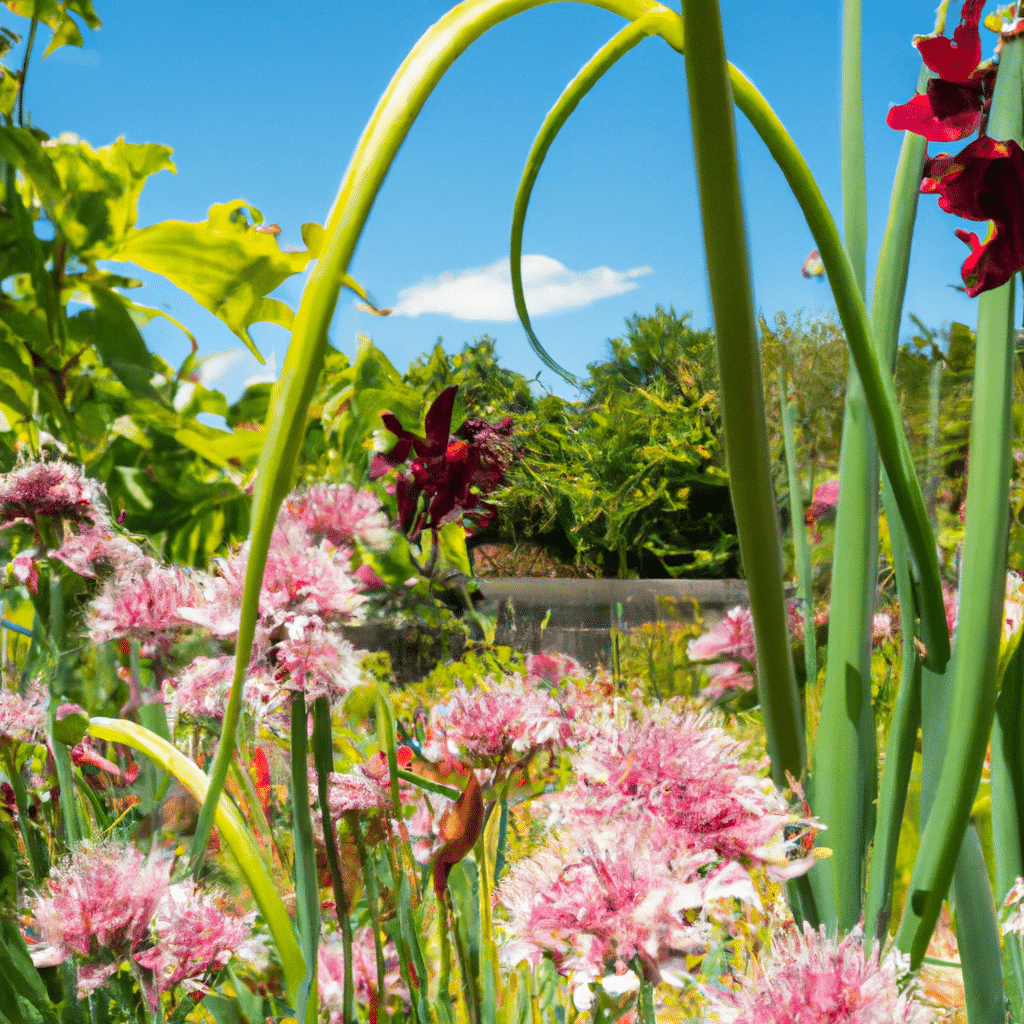Welcome to our comprehensive guide on community gardens, where we explore the wonderful world of cultivating connections and empowering local farmers. In this article, we will dive deep into the concept of community gardens, their benefits, and how they contribute to building sustainable and resilient communities. Join us on this journey as we uncover the transformative power of community gardens and discover how they can make a positive impact on both individuals and the environment.
What are Community Gardens?
Community gardens are shared spaces where individuals come together to grow and nurture plants, fruits, and vegetables. These gardens are typically located in urban areas, where access to green spaces and fresh produce may be limited. They serve as a hub for community engagement, fostering connections between people from diverse backgrounds who share a common love for gardening and sustainable living.
The Benefits of Community Gardens
Community gardens offer a myriad of benefits that extend beyond just the act of gardening itself. Let’s explore some of these advantages:
- Promoting Food Security: In an era where food deserts and limited access to fresh produce are prevalent, community gardens provide a solution. By empowering individuals to grow their own food, these gardens contribute to food security by reducing dependency on external food sources.
- Improving Physical and Mental Well-being: Engaging in gardening activities has been proven to have positive effects on both physical and mental health. The act of gardening itself can be a therapeutic and stress-relieving activity, while the consumption of fresh, homegrown produce promotes a healthier lifestyle.
- Fostering Community Engagement: Community gardens serve as a meeting point for individuals from all walks of life. They create opportunities for people to come together, share knowledge and experiences, and build meaningful connections. This sense of community fosters social cohesion and empowers individuals to actively participate in shaping their neighborhoods.
- Enhancing Environmental Sustainability: By promoting local and organic farming practices, community gardens contribute to environmental sustainability. They reduce the carbon footprint associated with long-distance transportation of food and minimize the use of harmful pesticides and fertilizers. Additionally, these gardens can serve as biodiversity hotspots, attracting pollinators and preserving local plant species.
How to Start a Community Garden
Starting a community garden may seem like a daunting task, but with proper planning and collaboration, it can become a reality. Here are some steps to get you started:
- Identify a Suitable Location: Look for available spaces within your community that can be transformed into a garden. Consider factors such as sunlight exposure, soil quality, and accessibility.
- Engage the Community: Reach out to local residents, schools, and community organizations to gauge interest and gather support for the project. Collaboration is key in establishing a successful community garden.
- Form a Garden Committee: Create a committee comprised of dedicated individuals who will oversee the garden’s operations. Assign roles and responsibilities to ensure efficient management and maintenance.
- Secure Funding: Seek financial support from local government entities, businesses, or crowdfunding platforms to cover the costs associated with setting up the garden. This may include purchasing gardening tools, seeds, and materials for infrastructure development.
- Design and Layout: Plan the garden’s layout, considering factors such as plot sizes, pathways, and communal spaces. Ensure accessibility for individuals with disabilities and prioritize sustainable practices such as rainwater harvesting and composting.
- Organize Workdays and Workshops: Engage the community by organizing regular workdays where participants can come together to maintain and develop the garden. Additionally, host workshops and educational sessions to share gardening techniques and knowledge.
- Celebrate and Engage: Once the garden is established, celebrate the achievements and foster continued community engagement through events, harvest festivals, and educational programs.
Success Stories: Community Gardens Around the World
The Rise of Guerrilla Gardening in London
In the heart of London, a movement known as guerrilla gardening has gained momentum. Activists and volunteers transform neglected spaces, such as abandoned lots and roadside verges, into vibrant community gardens. These green oases not only beautify the city but also foster a sense of ownership and pride among residents.
The Incredible Edible Movement in Todmorden
Todmorden, a small town in the United Kingdom, has become a beacon of inspiration for community gardening enthusiasts worldwide. Through the Incredible Edible movement, the town has transformed its public spaces into edible landscapes, with fruit and vegetable plants freely accessible to all. This initiative has revitalized the local economy and brought the community closer together.
Conclusion
As we conclude our exploration of community gardens, it is evident that these shared spaces hold immense potential for cultivating connections and empowering local farmers. From promoting food security and improving well-being to fostering community engagement and enhancing environmental sustainability, community gardens offer a range of benefits that contribute to building stronger, more resilient communities. So why not embark on this journey and join the growing movement of community gardeners? Together, we can make a difference, one garden at a time.







